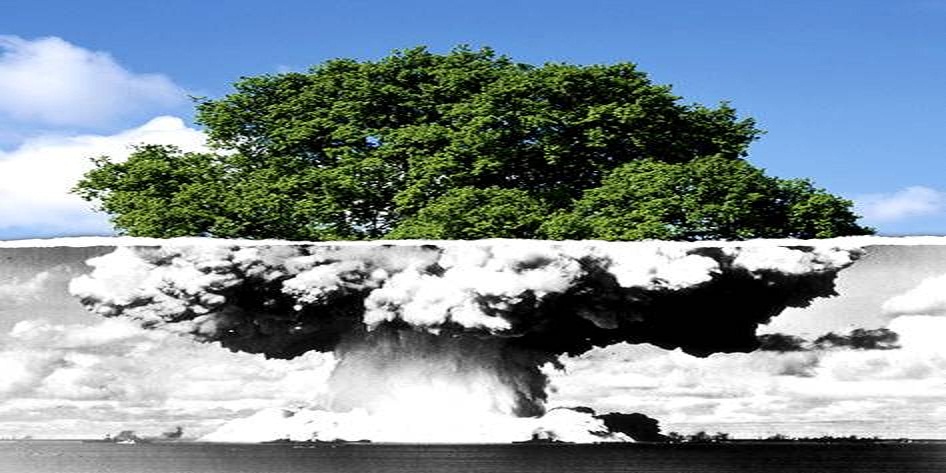A Safe Return
IAEA Helps Member States Repatriate Disused Radioactive Sources, Nuclear Material

In the Czech Republic inspectors from the IAEA and the Czech State Office for Nuclear Safety watch carefully as the special casks containing radioactive material are prepared for repatriation to Russia. (Photo: IAEA/ D. Calma 2008).
The Agency supports Member States´ efforts to repatriate nuclear material and radioactive sources to their countries of origin; one of many measures to increase nuclear safety and security, while limiting the risk posed by proliferation or malicious intent.
High Activity Sealed Radioactive Sources
The vast majority of radioactive sources used around the world are managed safely and securely, and provide essential services in medical, industrial or research applications. However, accidents involving disused radioactive sources have occurred, some with serious or even fatal consequences.
Sealed radioactive sources are categorised into five groups according to their potential to cause harm to human health. The most active sources in Category 1 can pose a very high risk to human health if not managed safely and securely. Exposure to an unshielded Category 1 source for only a few minutes may be fatal. The IAEA focuses its assistance on the higher activity sources in categories 1 and 2. Special expertise is required to prepare these sources for safe storage or disposal.
"Since 2004, the Agency has assisted Member States in repatriating 45 category 1 and 2 sources from developing countries, where they were used in medicine, industry or in research," says Irena Mele, Head of the IAEA´s Waste Technology Section. "So far, Canada, France, Russia and the USA have accepted these sources, since they were the countries of origin," she adds.
This work is financed by the IAEA´s Nuclear Security Fund that is supported through IAEA Member States´ extra-budgetary contributions. Approximately US$ 1 million has been invested in repatriating sources to date.
Mobile Hot Cell
Expensive, specialised facilities, such as "hot cells", are often required to safely secure disused sources, or indeed any other radioactive material. Until recently, these facilities were only available in developed countries with nuclear power and nuclear research programmes.
With the newly developed "mobile hot cell", that is no longer the case.
The mobile hot cell is a transportable chamber designed to be constructed and disassembled in a short period of time. High activity radioactive sources are safely confined inside the chamber, while outside, operators can work without risking exposure to harmful radiation. Using remotely-controlled "manipulators", workers can "condition" or package the sources for transport, storage and eventual disposal.
"The mobile hot cell offers a cost-competitive and flexible solution for countries that wish to repatriate high-activity radioactive sources, but do not have the necessary infrastructure to prepare them for transport," explains Mele.
The IAEA developed the technology, which was then manufactured and is now being operated by the South African Nuclear Energy Corporation Ltd. (Necsa).
In 2007, the mobile hot cell was tested in South Africa and then in 2009 it was used in the Sudan and Tanzania to condition and package ten Category 1 and 2 sources for safe and secure storage within these countries. This year there are plans to deploy the mobile hot cell for a repatriation project in South America.
Research Reactor Fuel
Many research reactors were designed and constructed to use highly enriched uranium (HEU) fuel. Today, these HEU fuels pose both a proliferation and a security risk. The HEU they contain could be extracted and used in the construction of a nuclear weapon, even in the case of spent fuel. Spent research reactor fuel is also highly radioactive. To help reduce these security risks, the IAEA has taken a leading role in projects to convert research reactors to use low-enriched uranium (LEU) and to repatriate fresh and spent HEU fuels to the countries of origin.
For example, in the Czech Republic, 360 kg of highly radioactive spent nuclear fuel, including 80 kg of spent HEU fuel, was taken from the Rez research reactor and returned to Russia in 2008.
Another legacy fuel repatriation effort is now underway in Serbia. The IAEA is managing spent HEU fuel packaging at the Vinča Institute of Nuclear Sciences in Serbia, and later the fuel´s repatriation to Russia. A civilian nuclear research reactor, loaded with high-enriched uranium, was housed at the site. By late 2010, about 91 special storage canisters will be packed and transported to Russia at a total cost of USD $47.5 million.
"It is no small undertaking to safely and securely repatriate spent fuel. It involves many technical, economic and legal issues, which must be addressed before the shipment is successfully executed," says Pablo Adelfang, head of the IAEA´s Research Reactor group.
Since 2002, the IAEA has managed the repatriation of approximately 490 kg of fresh HEU research reactor fuel. In addition to the shipments which it helped arrange, the IAEA has monitored shipments managed by third parties. In the past eight years, these repatriation shipments have returned over 1 800 kg of fresh HEU research reactor fuel.
The IAEA also continues to work with Member States to convert all research reactors from HEU to proliferation-resistant, lower-enriched fuel. The Agency plays a leading role in efforts to avoid the use of HEU in the production of medical isotopes. About 75 research reactors around the world still run on weapons-grade HEU. By 2020, almost all civilian HEU reactors will be converted to LEU reactors.
See Story Resources for more information.
-- By Sasha Henriques, IAEA Division of Public Information, and Irena Mele, Robin Heard, Kevin Alldred, Elisabeth Dyck, IAEA Department of Nuclear Energy

0 comments:
Post a Comment